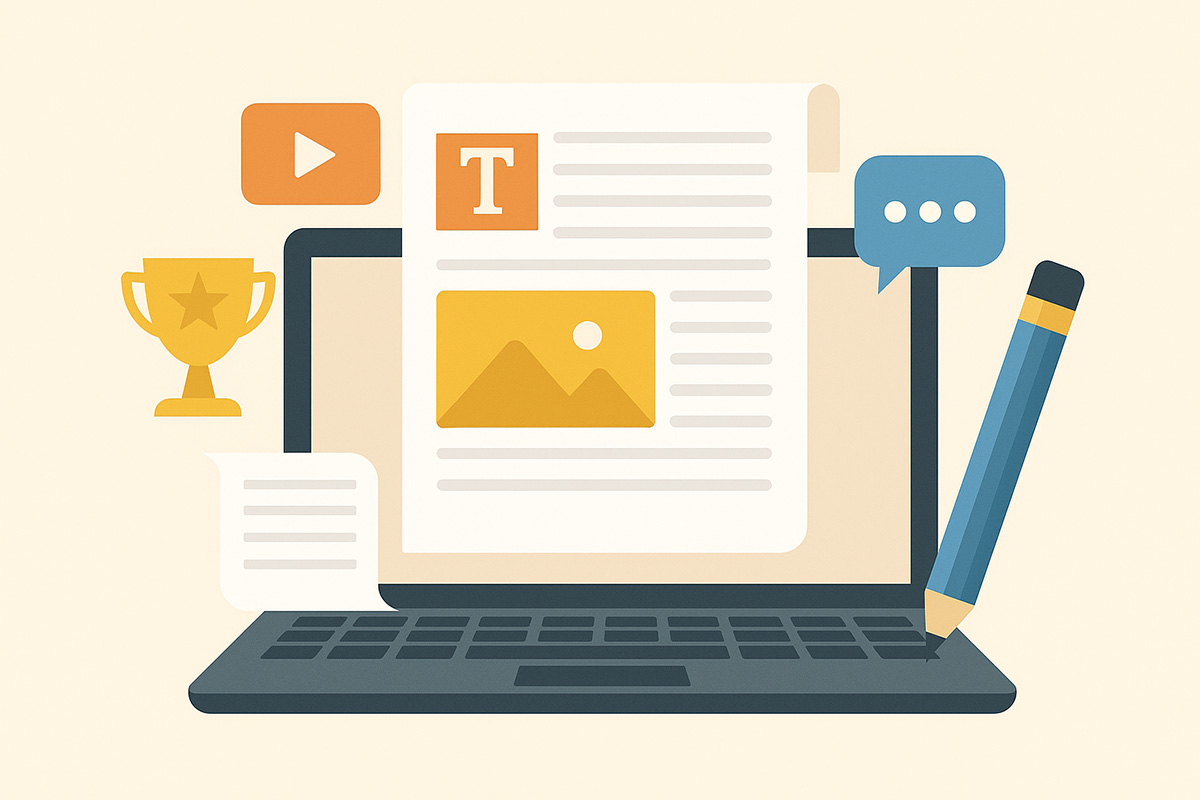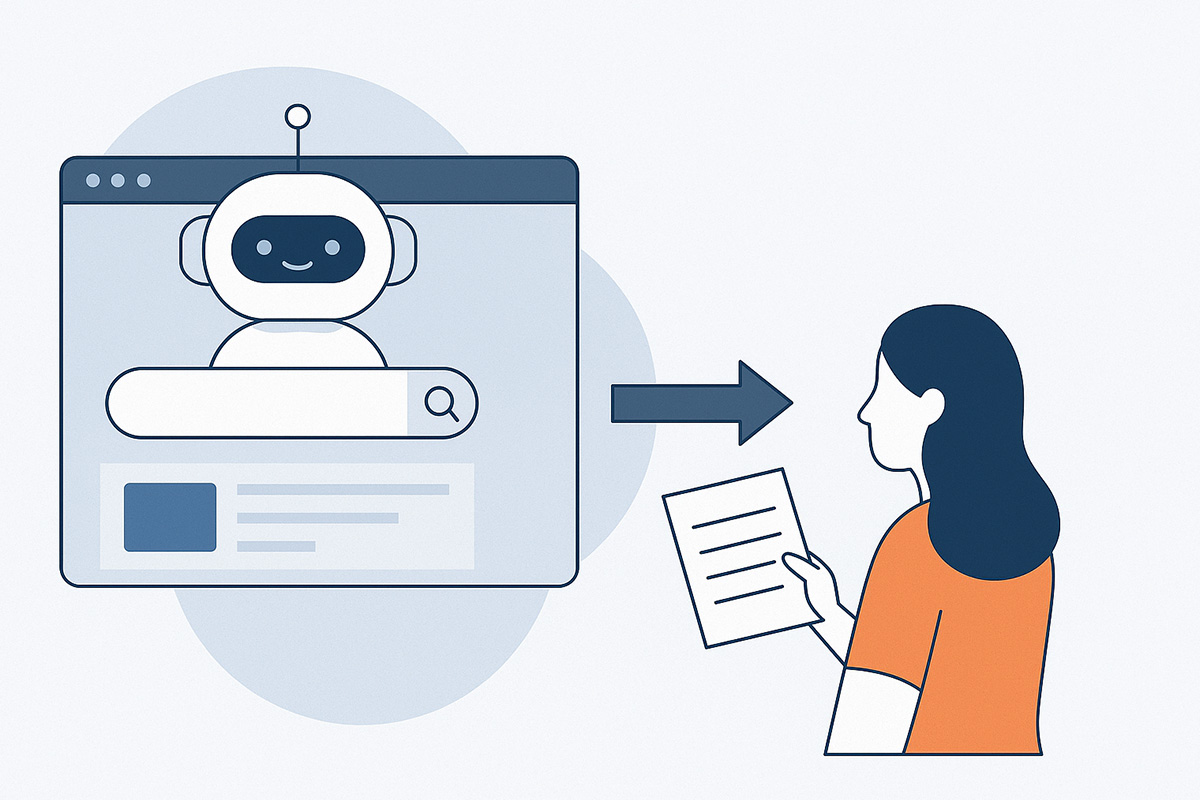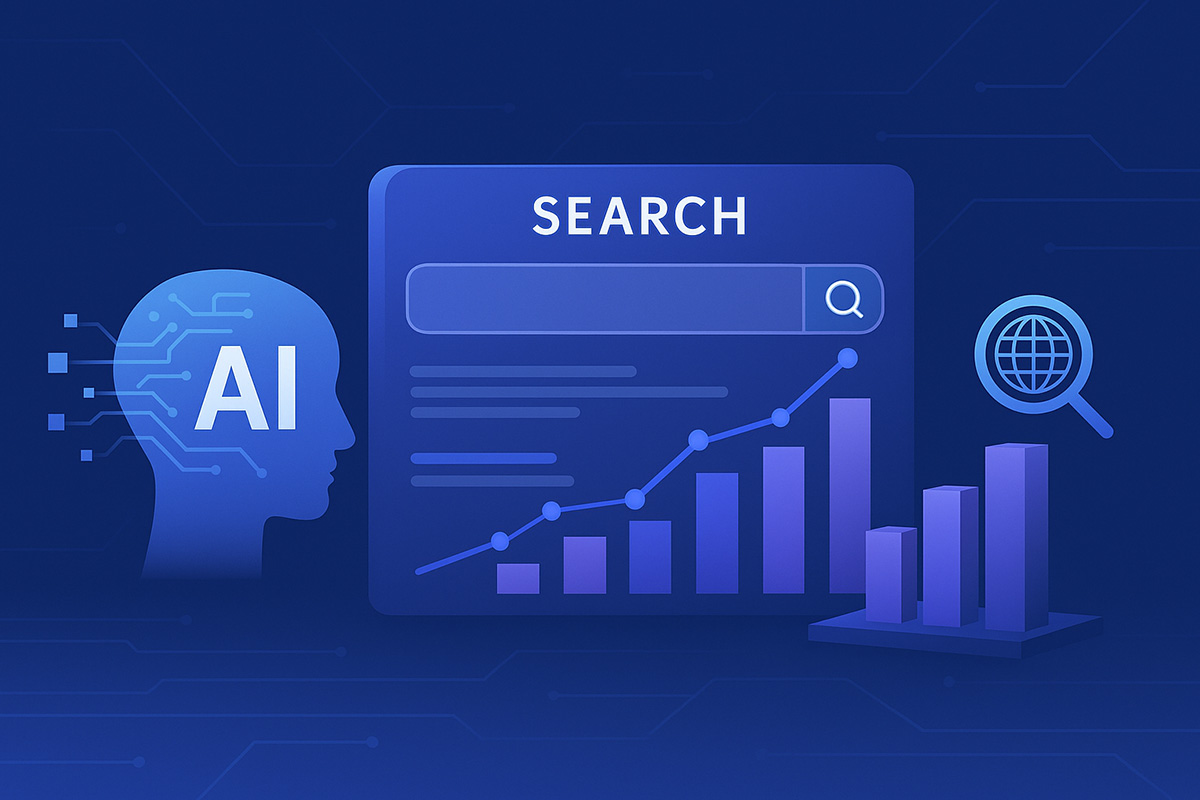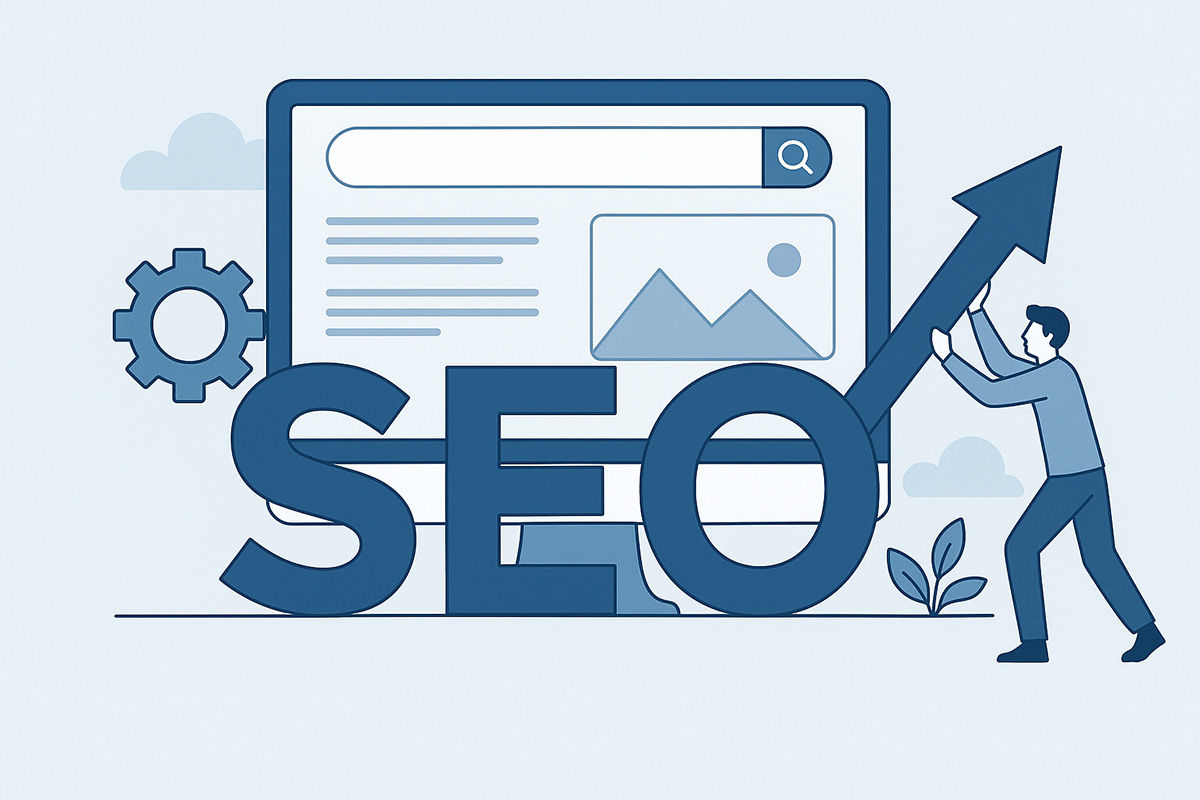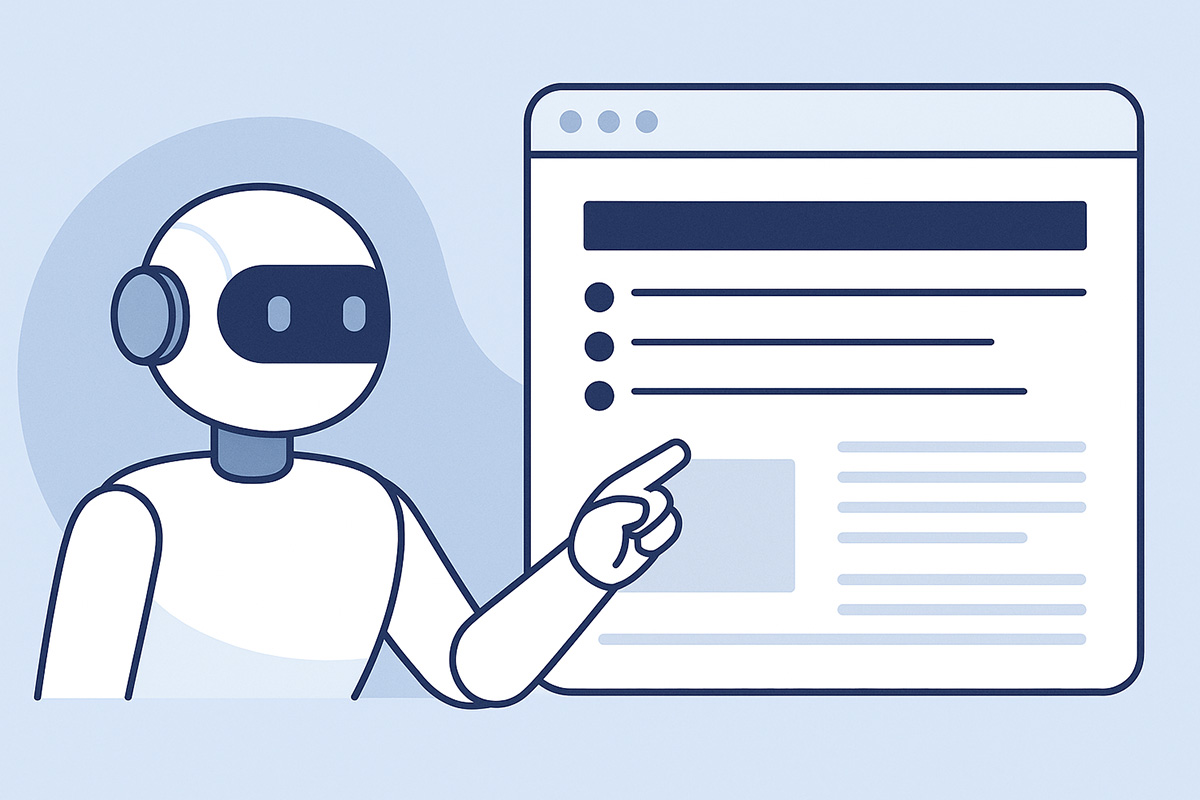Home / Blogs / How Do You Clean Up Your Content Without Harming Your Rankings?
How Do You Clean Up Your Content Without Harming Your Rankings?
 SEO
SEO
Introduction
Embarking on a content cleanup journey for your website can feel like navigating a maze, especially when considering its impact on Search Engine Optimisation (SEO) rankings. In this blog, let’s unravel the intricacies of this crucial task. From conducting meticulous content audits to optimising existing material and ensuring seamless user experiences, join us as we explore various strategies to refresh your online presence without jeopardising your hard-earned rankings.
Things You Need to Know About Content, SEO & Website Cleanup
Understanding the relationship between content, SEO, and website cleanup is crucial. Quality content is the backbone of SEO, driving traffic and engagement. Regular cleanup, like removing outdated content or fixing broken links, helps maintain site health without harming rankings. An SEO company in Mumbai can ensure updates are strategic, retaining valuable content and improving user experience for sustained SEO performance.
Ways You Can Clean Website Content Without Harming Your Rankings
- Conduct a content audit
A content audit is the first step in understanding what you have, what is working for you and what needs to be improved. For this, you can use tools like Google Analytics or SEMrush to gather data on your content. Focus on metrics such as page views, bounce rate, average time on page, and conversion rate.- Compile a list and create a spreadsheet of all your website’s pages.
- Use analytic tools to gather data on each page’s performance.
- Group content into categories like high-performing, low-performing, outdated and redundant.
- Identify low-quality content
Not all content is created equal. Identifying and addressing low-quality content can significantly improve your site’s overall performance.- Pages with little to no valuable information.
- Identical or very similar content found on multiple pages.
- Content that is no longer accurate or relevant.
- Pages with high bounce rates and low average time on page.
- Decide what to do with low-quality content
Once you’ve identified low-quality content, decide on the best course of action. You have several options:- Enhance the content by adding more valuable information, updating outdated facts, and optimising keywords.
- Combine similar or overlapping content into a single and comprehensive piece.
- Remove content that is irrelevant. Be cautious with this approach, as it can impact your rankings if not done correctly.
- Optimise Existing Content
Improving existing content is a powerful way to boost your SEO without the risks associated with deleting pages. Here’s how to optimise your content effectively:- Ensure your target keywords are appropriately used in the title, headings, meta descriptions, and throughout the content. Avoid keyword stuffing.
- Use short paragraphs, bullet points, and subheadings to make your content easier to read.
- Incorporate images, videos, and infographics to make your content more engaging.
- Add links to other relevant pages on your site to improve navigation and SEO.
- Redirect Deleted Pages
If you decide to delete a page, use 301 redirects to guide users and search engines to a relevant and existing page. This prevents broken links and retains any link equity from the deleted page.- Redirect to a page that closely matches the deleted content’s topic.
- Use plugins like WordPress to easily set up redirects.
- Monitor Your Changes
After making changes, it’s crucial to monitor the impact on your rankings and traffic. Use tools like Google Search Console and Google Analytics to track performance.- Ensure that your organic traffic remains stable or improves.
- Track keyword rankings to see if they are affected by your changes.
- Monitor bounce rates, average time on page, and pages per session.
- Keep Content Fresh
Regularly updating your content is vital for maintaining its relevance and value to users. Search engines favour fresh content, which can improve your rankings.- Set a schedule to review and update your content periodically.
- Keep up with industry trends and news to ensure your content remains relevant.
- Turn high-performing content into different formats, such as videos, infographics, or podcasts.
- Focus on User Experience (UX)
A positive UX is crucial for both user engagement and SEO. Clean and well-organised content contributes to a better UX.- Ensure your content is mobile-friendly, as more users access the web via mobile devices.
- Optimise images, use caching and minimise code to improve page load times.
- Use intuitive navigation menus and internal links to help users find what they need quickly.
- Leverage Professional Help
If the process seems overwhelming, consider hiring a professional SEO consultant or a digital marketing company in Mumbai. They can provide expert guidance and ensure that your content cleanup is effective and doesn’t harm your rankings.- Professionals have the experience and knowledge to handle complex SEO issues.
- They can manage the process efficiently, freeing up your time to focus on other aspects of your business.
- Professionals can create a comprehensive content strategy that aligns with your business goals.
Conclusion
Cleaning up your content is essential for maintaining a high-quality website that performs well in search engine rankings and provides a great user experience. By conducting a thorough content audit, identifying and addressing low-quality content, optimising existing pages, and monitoring the impact of your changes, you can ensure your content remains valuable and relevant. At Verve Media, we specialise in guiding businesses through this process, offering expert assistance to ensure your content cleanup journey is both effective and rewarding. Let's elevate your online presence and drive organic traffic!

.jpg)
.jpg)

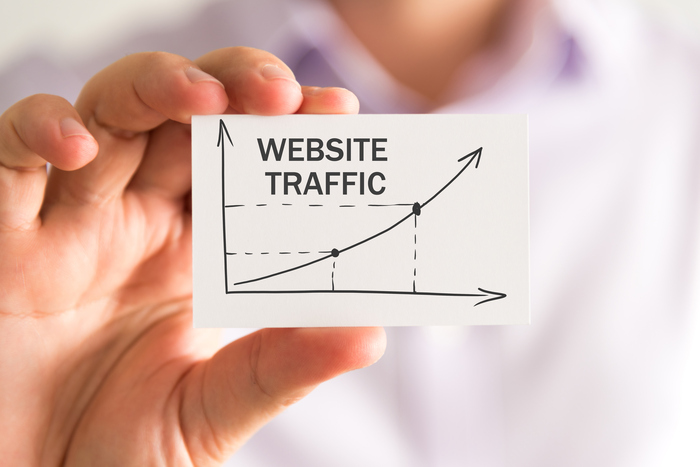


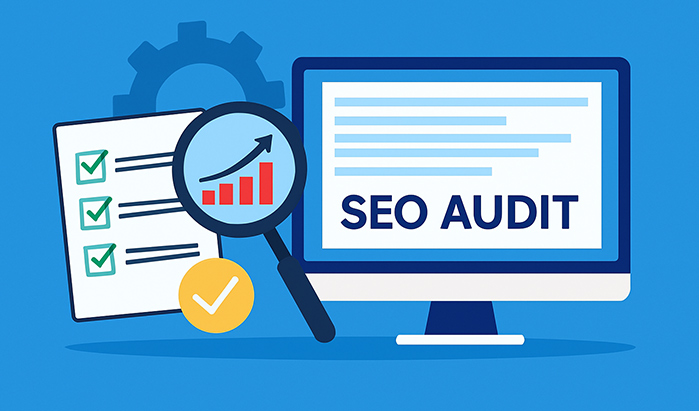

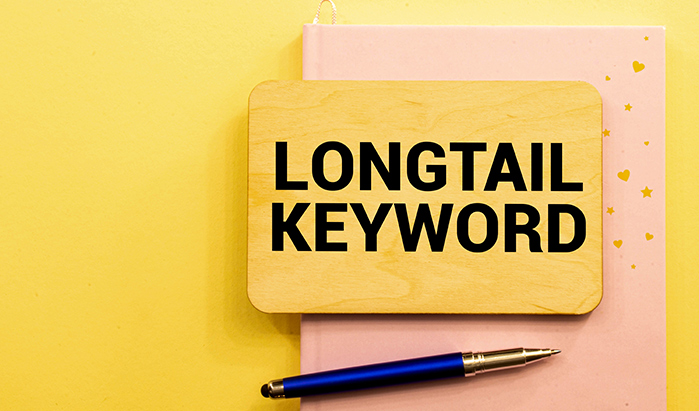


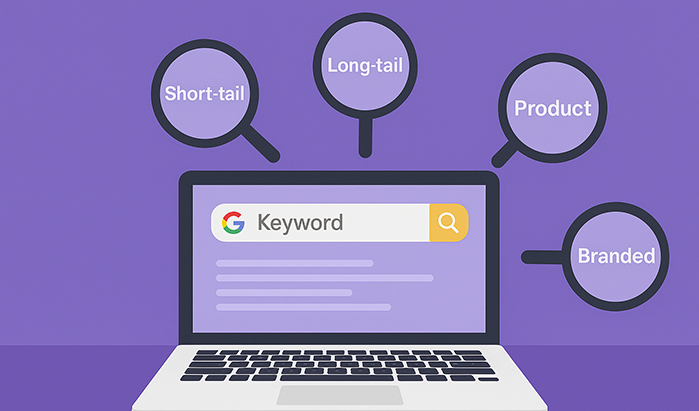
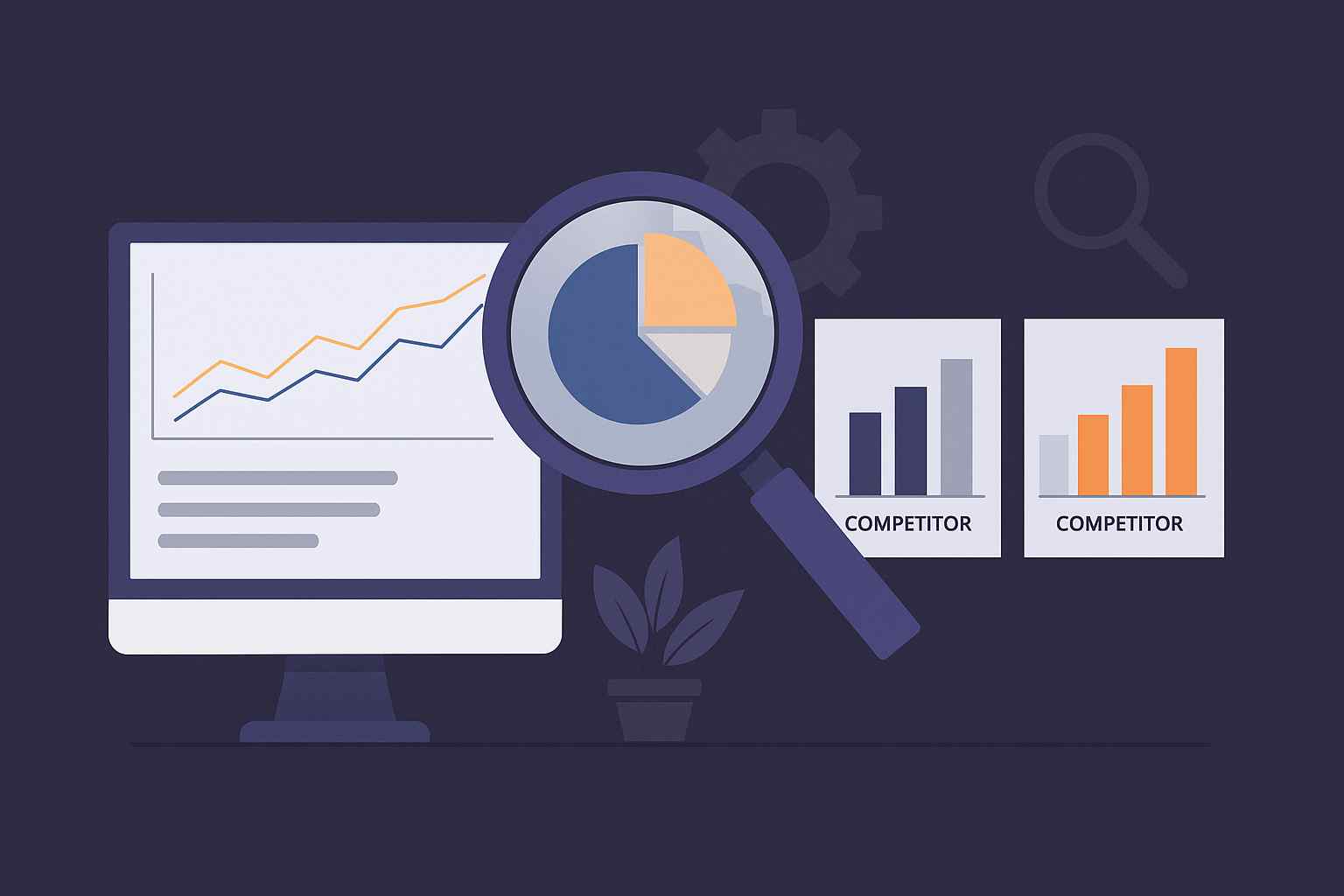

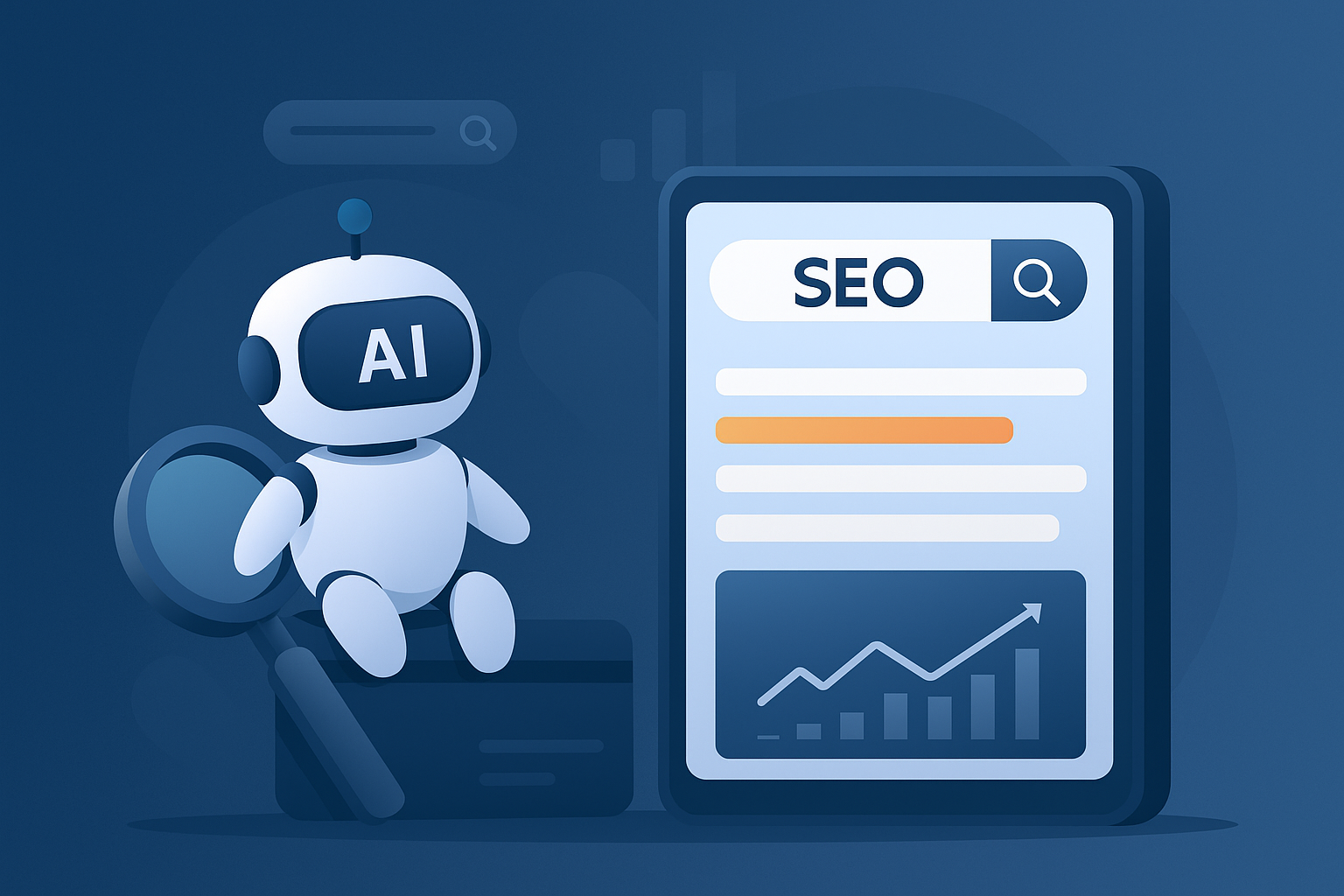





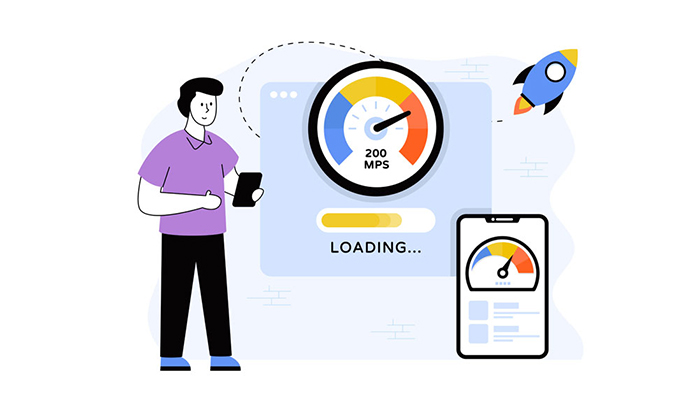



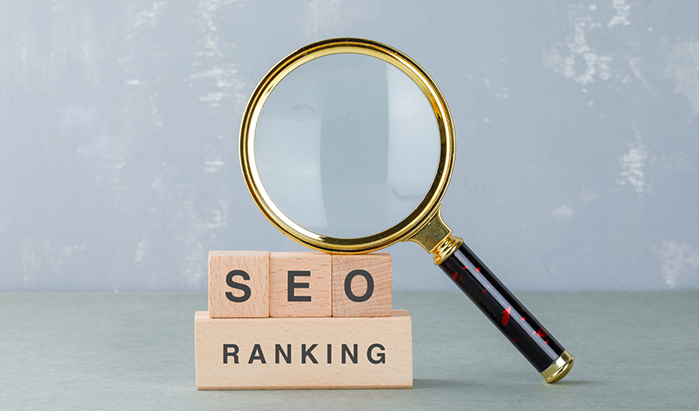

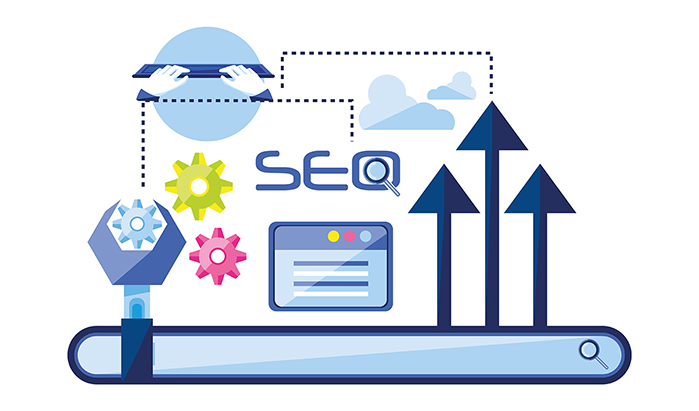







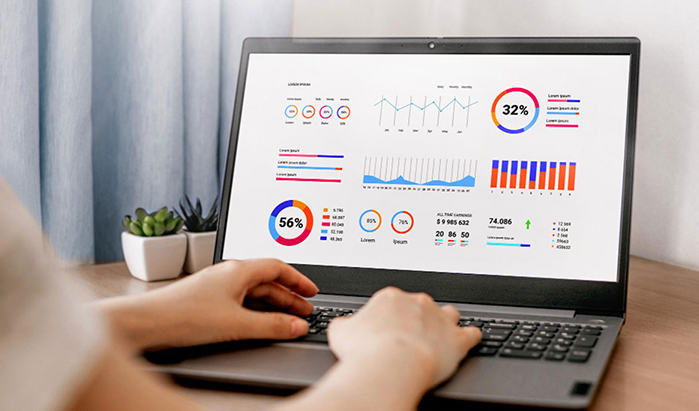












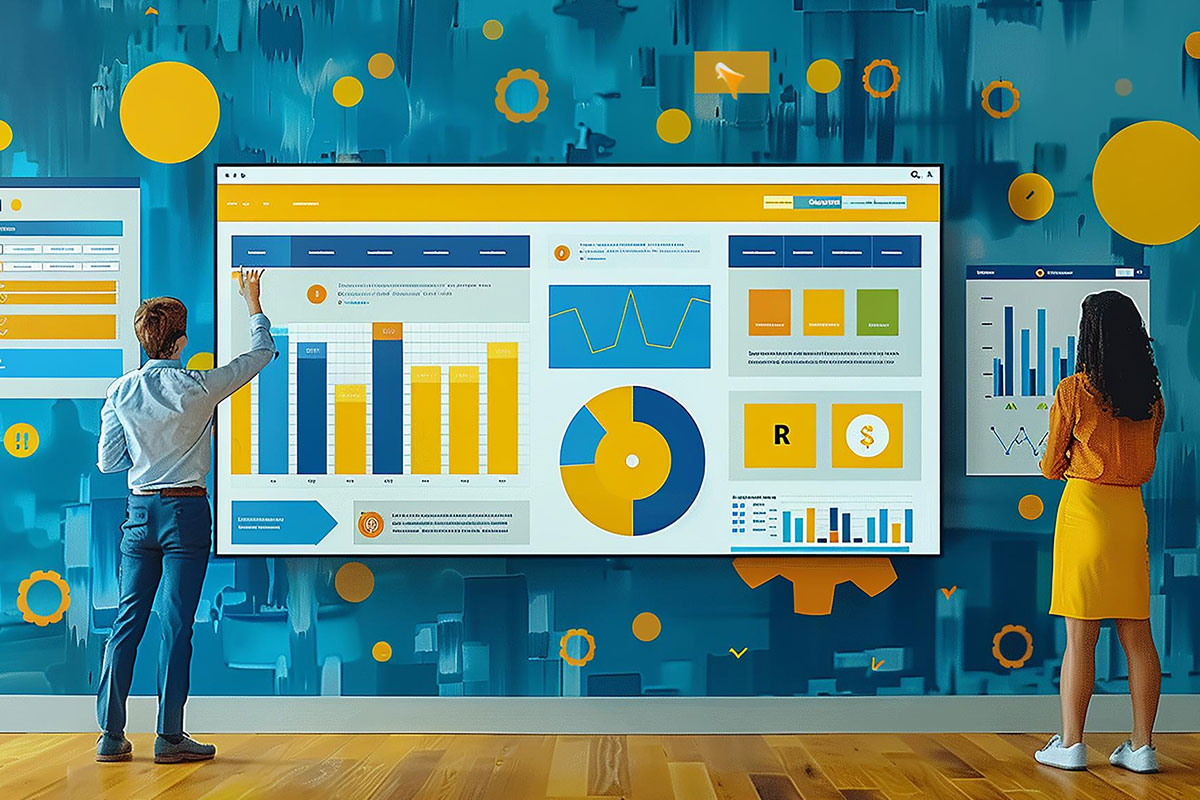
















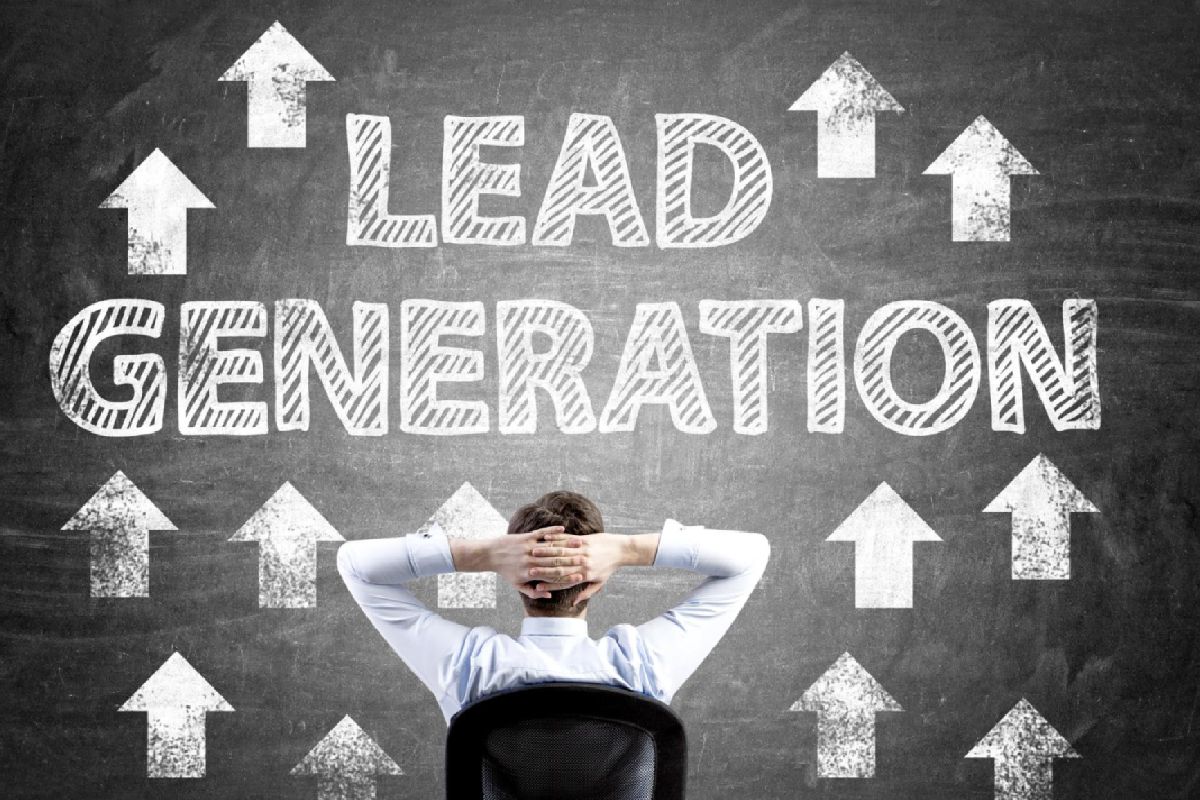

























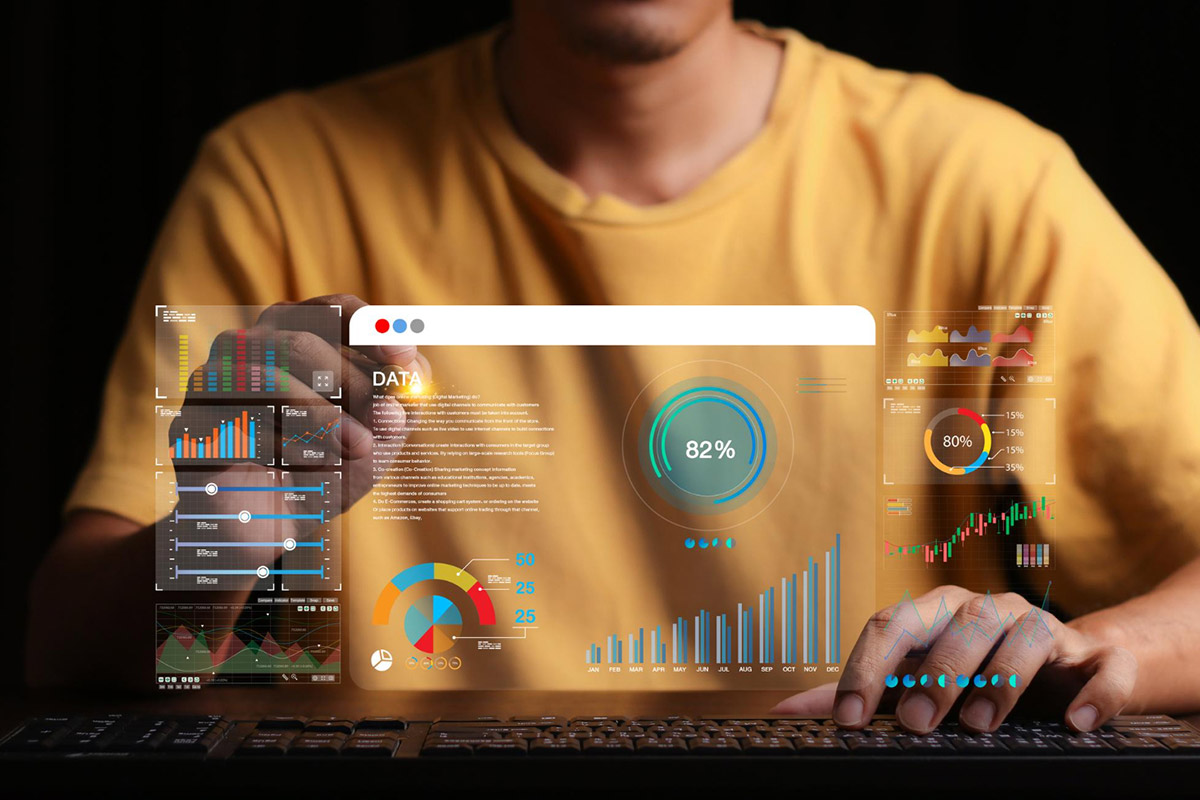

.jpg)

